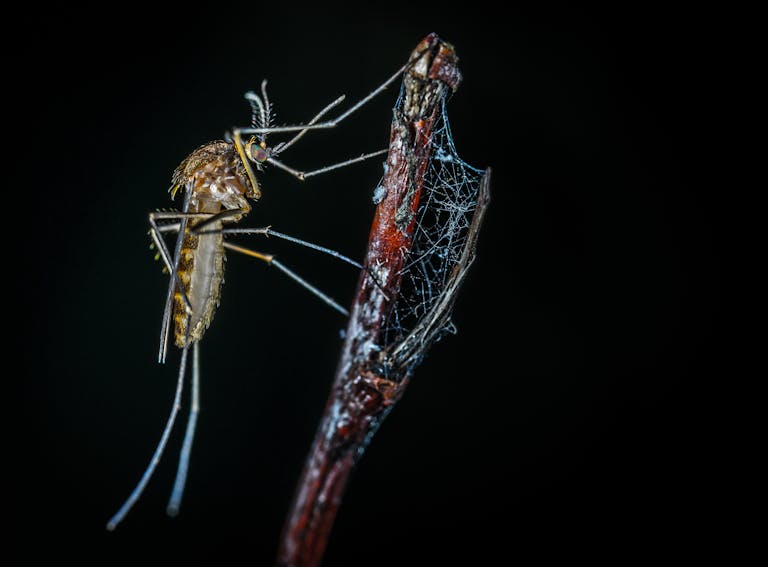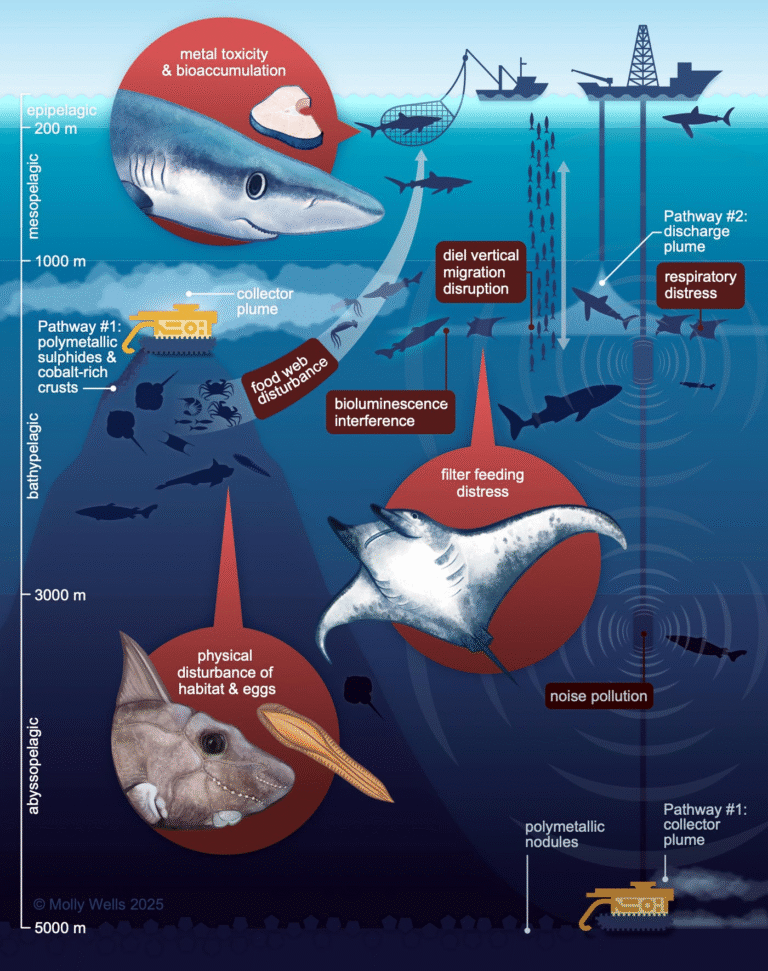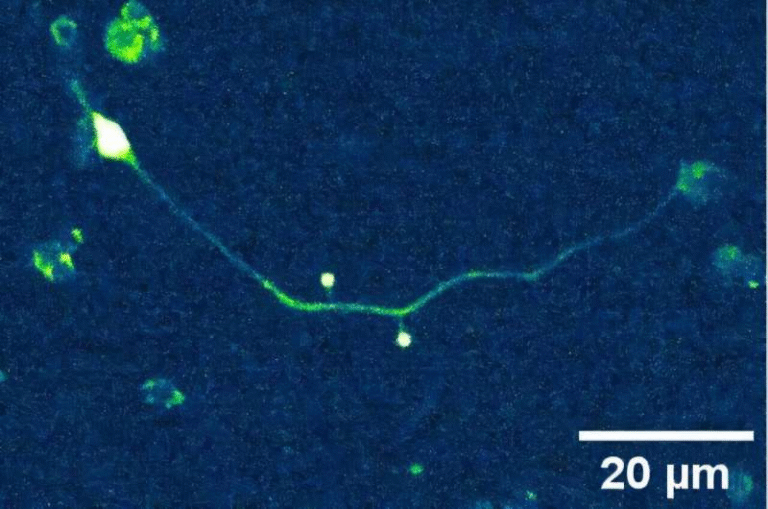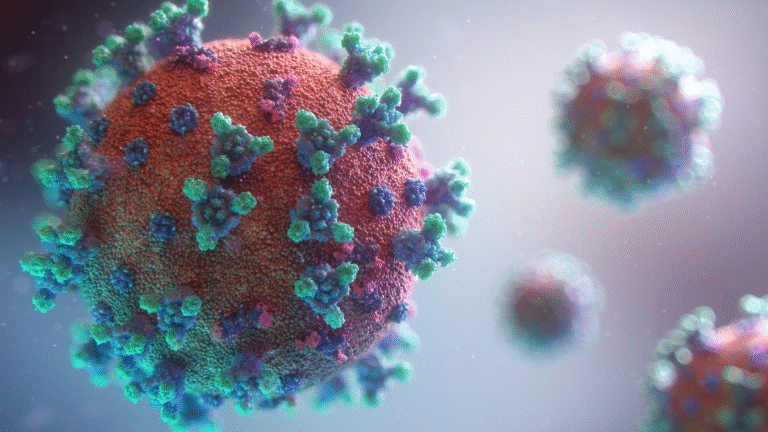New Bacteria in the Amazon Sparks Global Curiosity

Deep in the lush Amazon rainforest of Brazil, scientists have stumbled upon something intriguing — a new species of bacteria hiding inside tiny sand flies. While it may sound like the beginning of a sci-fi plot, this discovery is a very real reminder of how much of nature still remains a mystery.
A Hidden Player in the Microbial World
The bacteria belongs to the Bartonella genus, a group already linked to human diseases across the world. What makes this find especially interesting is that its DNA closely resembles two dangerous Andean species, B. bacilliformis and B. ancashensis. These are known culprits behind Carrión’s disease, a rare but sometimes deadly illness in the Andes, spread through the same type of insects — sand flies.
Now, before alarm bells start ringing, researchers emphasize that there’s no evidence yet that this new bacterium makes people sick in Brazil. Still, the fact that it looks so much like its Andean relatives has scientists paying very close attention.
Why This Matters
Bartonella infections — collectively called bartonellosis — don’t usually resolve quickly. The bacteria can linger in the body undetected for months, which makes them a real concern, especially for people with weakened immune systems. The most familiar example many have heard of is cat scratch disease, caused by another Bartonella species.
Because bartonellosis is often overlooked and underdiagnosed, scientists are eager to understand how widespread these bacteria may be, especially in remote regions where people don’t have easy access to healthcare.
A Year in the Field
To track down this discovery, researchers collected 297 female sand flies between February 2022 and February 2023 in Brazil’s Amazon National Park, located in the state of Pará. Every month, they ventured out along trails near the Uruá and Tracoá rivers, carefully gathering samples.
The Amazon National Park is not just a pristine environment; it’s also a popular spot for visitors, complete with caves and unique ecosystems. That combination makes it an ideal — and important — place to study potential disease carriers.
Looking Beyond the Andes
One fascinating twist is the possibility that bacteria previously thought to be limited to the Andes could adapt to new environments. The species of sand flies in Brazil are strikingly similar to those in Peru, which already spread Bartonella there. This raises the question: could these insects eventually help Bartonella expand beyond its known range?
According to the research team, the DNA sequences they found in Brazil aren’t identical to those from Peru, but they do match closely enough to suggest a shared evolutionary path.
Expanding the Search
This isn’t the first time Brazilian researchers have spotted something unusual. Earlier studies had also revealed new Bartonella strains in Acre, another Amazonian state. Encouraged by these patterns, the team is expanding their efforts, analyzing samples from other regions and even storing sand fly specimens from the Atlantic Forest of São Paulo for future investigation.
The next big question is about reservoirs — the animals that these sand flies feed on. If scientists can figure out which creatures harbor the bacteria, they can better predict how it might spread to humans.
Health Implications
While the discovery is still fresh, it raises important medical questions. Could patients with unexplained recurring fevers actually be carrying this new Bartonella species? Might it even show up as a co-infection in people already battling diseases like leishmaniasis?
Doctors and researchers are being encouraged to keep an eye out, especially in cases where patients show vague symptoms with no clear diagnosis.
The Road Ahead
For now, this mysterious bacterium is more of a curiosity than a confirmed threat. But history has shown that microbes can surprise us, and being proactive is better than being caught off guard. Thanks to continued funding and collaboration between universities in Brazil, the hunt for answers is ongoing.
This discovery is a reminder of the hidden worlds buzzing around us, especially in places as rich and complex as the Amazon. Whether this bacterium turns out to be harmless or a new health challenge, the fact that it exists at all adds another piece to the puzzle of global disease ecology.
Source: “Molecular evidence of Bartonella spp. in sand flies (Diptera: Psychodidae) from the Brazilian Amazon” by Paulo Vitor Cadina Arantes, Israel de Souza Pinto, Daniel Antônio Braga Lee, Anna Claudia Baumel Mongruel, Eunice Aparecida Bianchi Galati, Rosangela Zacarias Machado and Marcos Rogério André, 29 May 2025, Acta Tropica.
DOI: 10.1016/j.actatropica.2025.107682





